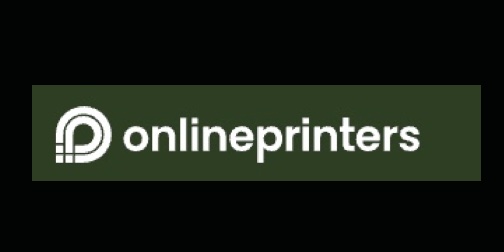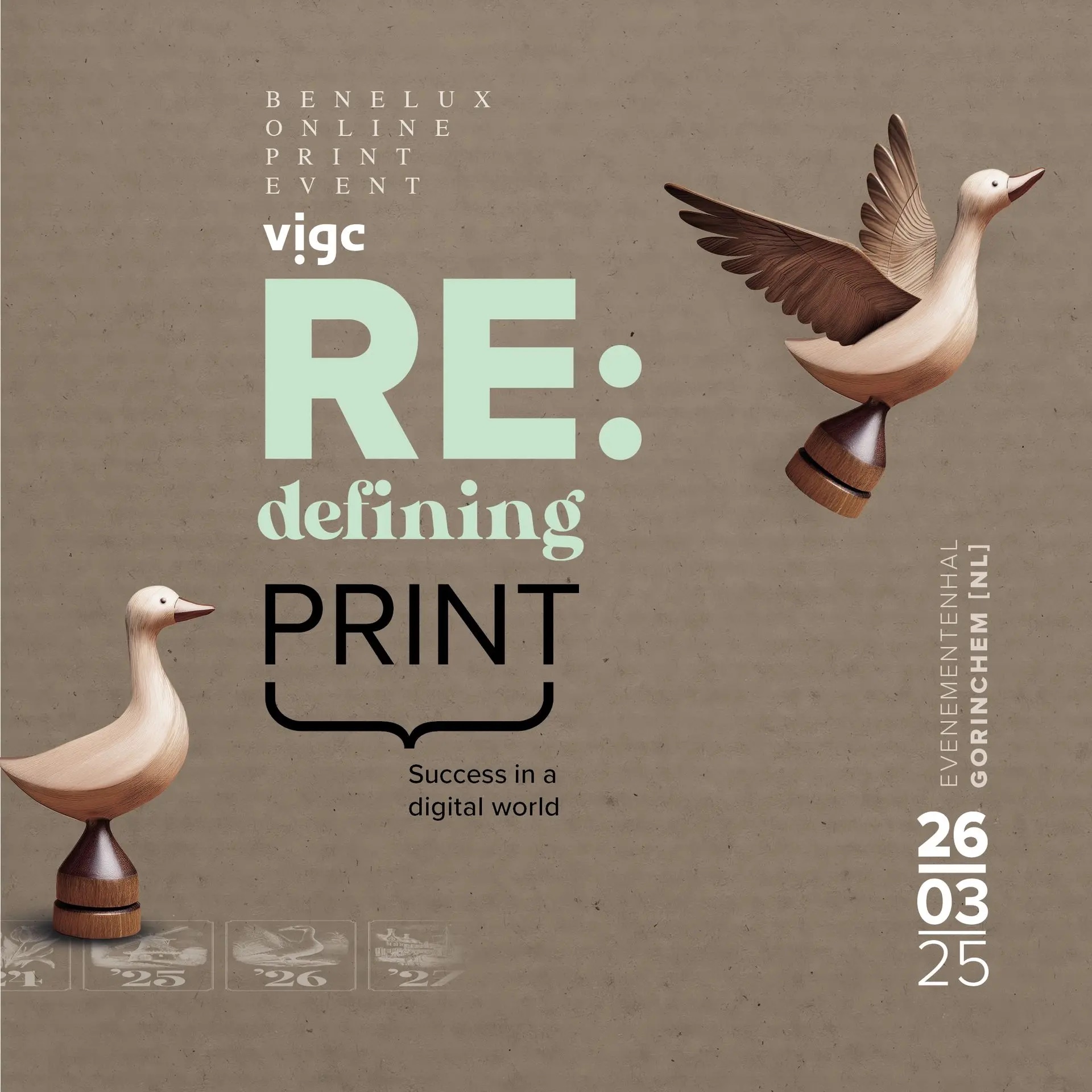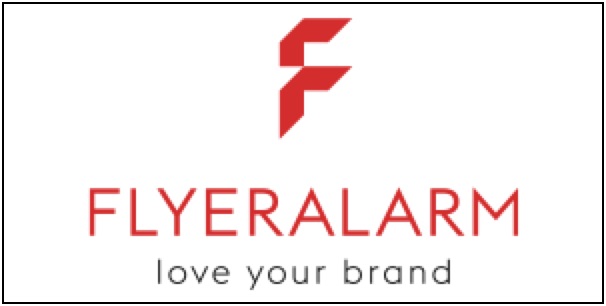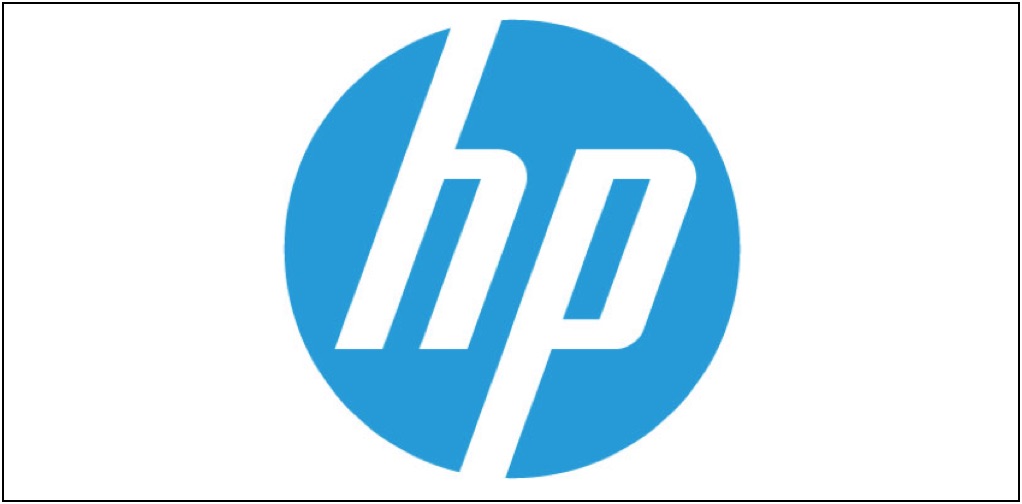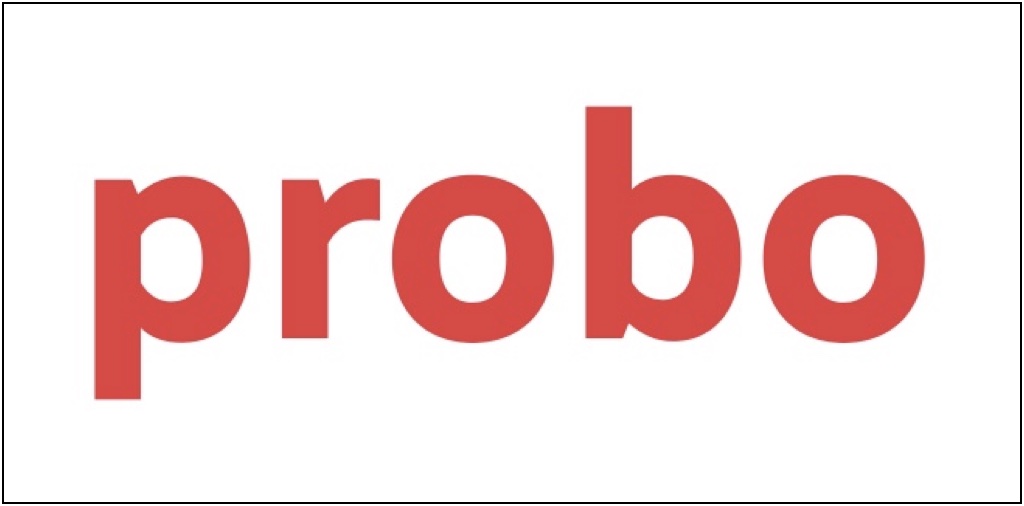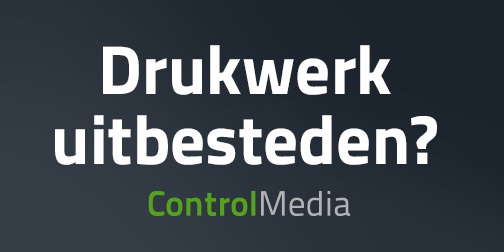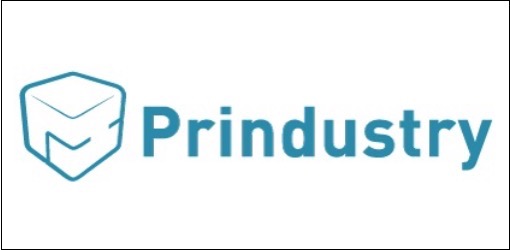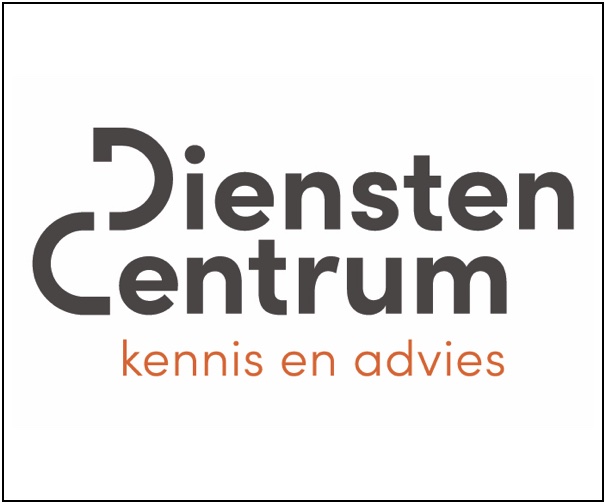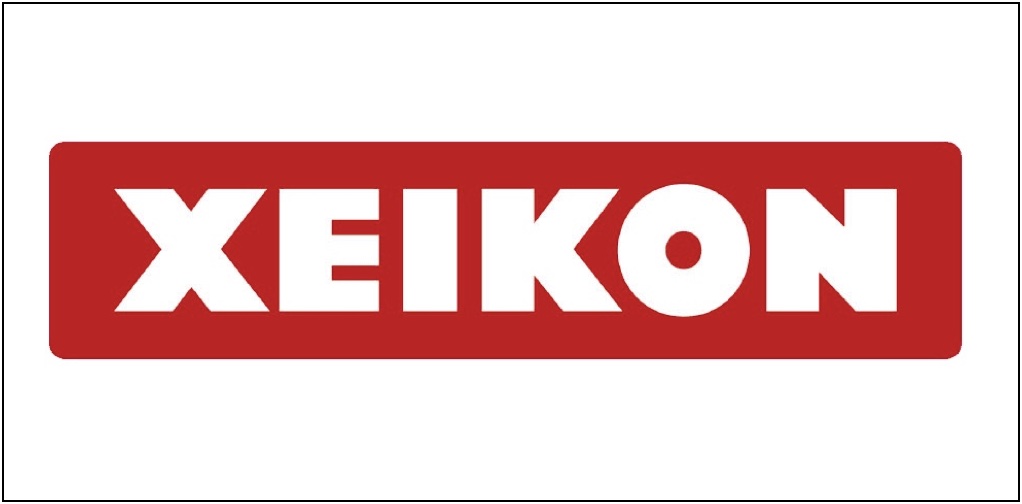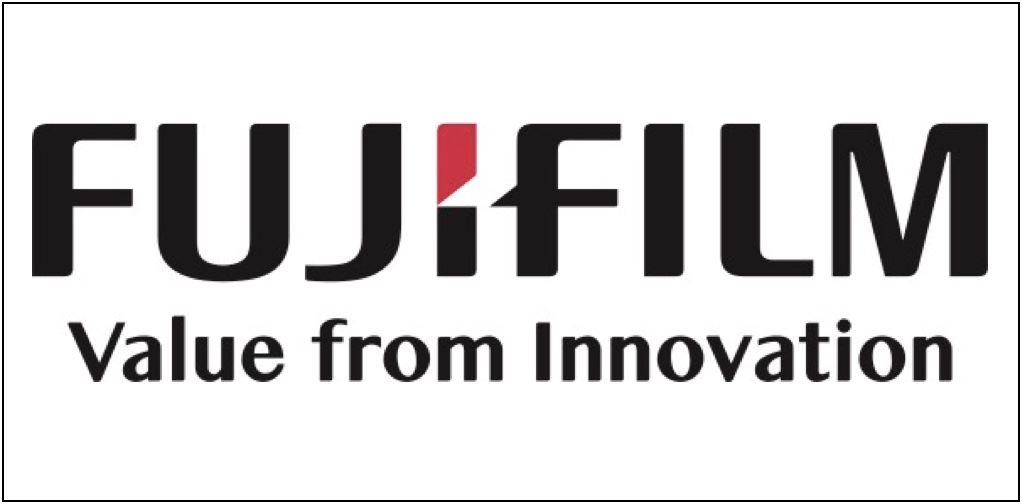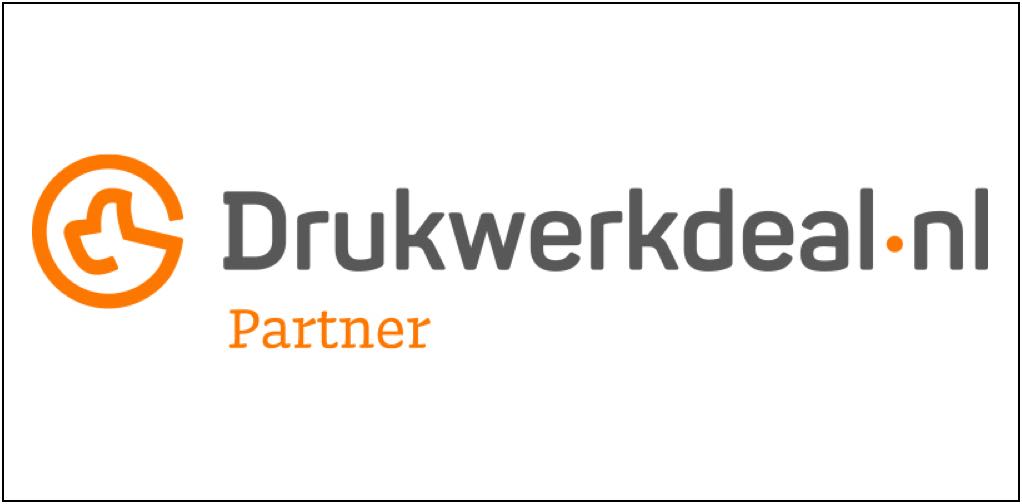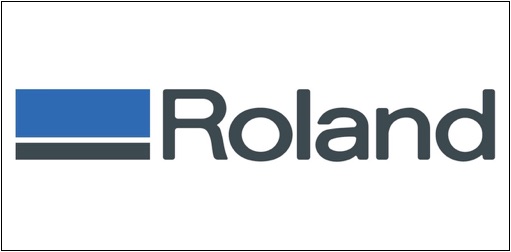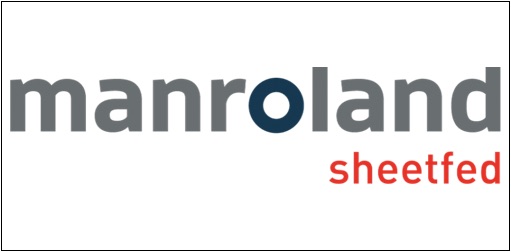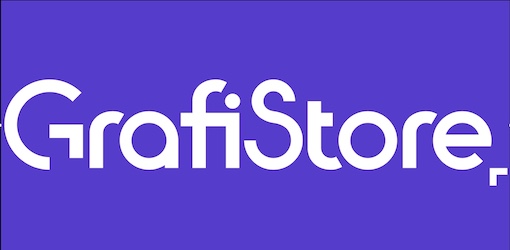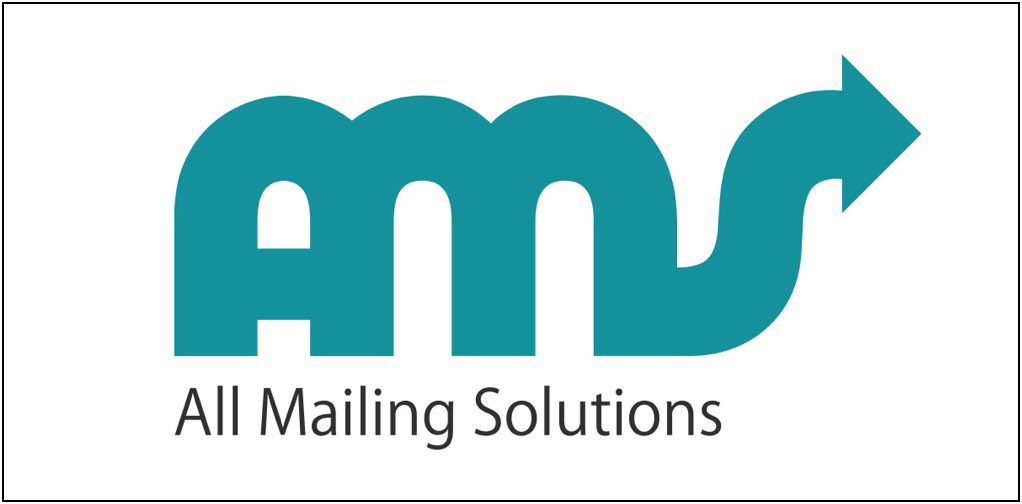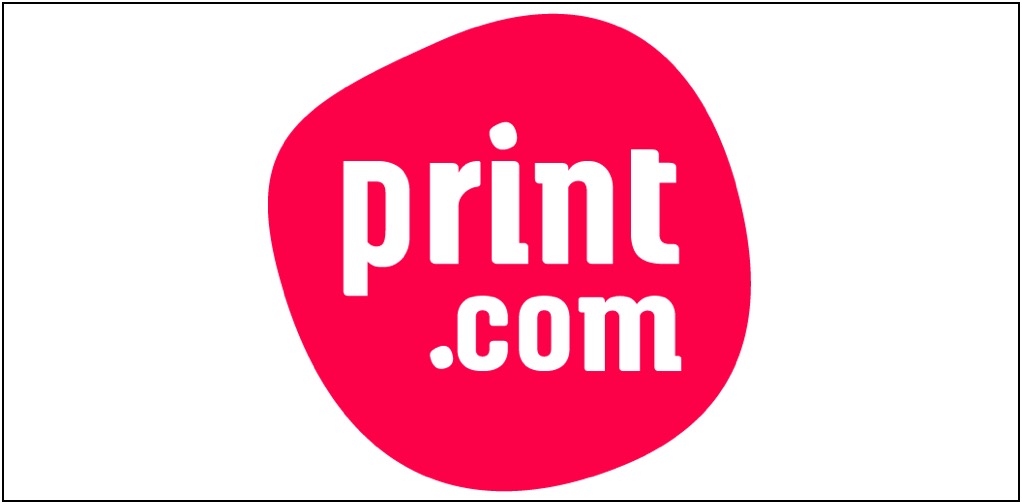Rob van den Braak
 Predicting trends, especially in marketing, is not easy. Even more so when they concern new digital internet technology. For the occasion of the 10th anniversary of their Future of Digital Marketing Event EConsultancy have made a list of 10 of their predictions. Of those 10 predicted trends which came true it is noticeable that most, such as personalisation, putting your client at the centre of things and getting to know them, have been picked up by successful graphic print companies such as internet printers and full service printers.
Predicting trends, especially in marketing, is not easy. Even more so when they concern new digital internet technology. For the occasion of the 10th anniversary of their Future of Digital Marketing Event EConsultancy have made a list of 10 of their predictions. Of those 10 predicted trends which came true it is noticeable that most, such as personalisation, putting your client at the centre of things and getting to know them, have been picked up by successful graphic print companies such as internet printers and full service printers.
Read about the 10 predictions via this link.
Lees verder....
 It sounds like a joke, but British university students have calculated how many printed pages it would take to print all public information on the web. They multiplied the number of Wikipedia articles by 15 which made 71 million pages. According to students of the University of Leicester this would require 8,337 trees.
It sounds like a joke, but British university students have calculated how many printed pages it would take to print all public information on the web. They multiplied the number of Wikipedia articles by 15 which made 71 million pages. According to students of the University of Leicester this would require 8,337 trees.
Read Laurel´s Verdigris blog on our articles page to see what is wrong with this calculation and why it does seem worthwhile to do such calculations.
Lees verder....
 Het lijkt een grap maar studenten van Britse universiteiten hebben uitgerekend hoeveel geprinte pagina’s alle openbare informatie op het web zouden beslaan. Daarvoor vermenigvuldigden ze het aantal Wikipedia artikelen met 15 en kwamen zo op 71 miljoen pagina’s. Volgens studenten van de Universiteit of Leicester moeten daarvoor 8.337 bomen omgehakt worden. Wat er mis is met de calculatie en waarom we de berekening toch serieus moeten nemen lees je in het Verdigris blog van Laurel op onze artikelen pagina.
Het lijkt een grap maar studenten van Britse universiteiten hebben uitgerekend hoeveel geprinte pagina’s alle openbare informatie op het web zouden beslaan. Daarvoor vermenigvuldigden ze het aantal Wikipedia artikelen met 15 en kwamen zo op 71 miljoen pagina’s. Volgens studenten van de Universiteit of Leicester moeten daarvoor 8.337 bomen omgehakt worden. Wat er mis is met de calculatie en waarom we de berekening toch serieus moeten nemen lees je in het Verdigris blog van Laurel op onze artikelen pagina.
Lees verder....
 It may sound like a joke, but a group of British university students has recently completed a research project using this as a starting point. The University of Leicester students wanted to know how much of the Amazon rainforest it would take to print out the internet. There are a couple of leaps of faith required to take this work seriously. First of all it is hardly likely that the paper used to print the internet would exclusively comprise virgin fibre sourced from Amazon rainforests. And the internet is constantly expanding. But apart from these two niggles, this is an interesting project.
It may sound like a joke, but a group of British university students has recently completed a research project using this as a starting point. The University of Leicester students wanted to know how much of the Amazon rainforest it would take to print out the internet. There are a couple of leaps of faith required to take this work seriously. First of all it is hardly likely that the paper used to print the internet would exclusively comprise virgin fibre sourced from Amazon rainforests. And the internet is constantly expanding. But apart from these two niggles, this is an interesting project.
The students calculate that a mere one percent of the rainforest’s trees would be required to print out the nonexplicit internet. This is the bit of the internet that we can see and that is estimated to account for only 2% of the entire internet. The rest is private or dark and so invisible to ordinary people. The students reckon that the nonexplicit internet could be printed with less than one percent of the 400 billion trees spread across the 5.5 million square feet of the Amazon rainforest. Their point seems a little vague, but they were very pleased to discover that so little rainforest was required.
They based calculations on Wikipedia content, assuming an average of 15 pages per article. The students calculate that there are 4.724 million articles on Wikipedia, and this is the basis for what they wanted to print. It amounted to nearly 71 million paper pages (presumably A4), of the nonexplicit internet. They also assumed that a single tree yields 17 reams of paper, so each Amazonian rainforest tree is therefore good for 8,500 sheets of virgin paper. This means that 8,337 trees would be required to print Wikipedia, some twelve percent of each square kilometre of the Amazon rainforest. And that is just for Wikipedia.
Extrapolating out these numbers the University of Leicester students reckon that to print all of the nonexplicit internet would require 8,001,765 trees which is about 113 square kilometres of the Amazon rainforest. They say this amounts to two percent.
So what do we think about this work? That it is scientifically flawed and based on curious assumptions is clear. However it is worthwhile because it makes a start in doing calculations of this sort. It’s also worthwhile because it raises awareness of the loss of Amazon rainforest over the last few years. It does not a lot to improve print’s environmental profile, but it does provide an interesting illustration of the internet’s massive data volumes. This might encourage people to think a bit about the emissions related to managing and delivering internet based content. Maybe then they will also consider the environmental impact of an online existence.
Laurel Brunner

This blog has been made possible by: Agfa Graphics (www.agfa.com), Digital Dots (http://digitaldots.org), drupa (www.drupa.com), EFI (www.efi.com), Fespa (www.fespa.com), Heidelberg (www.uk.heidelberg.com), Kodak (www.kodak.com/go/sustainability), Mondi (www.mondigroup.com/products), Pragati Offset (www.pragati.com), Ricoh (www.ricoh.com), Shimizu Printing (www.shzpp.co.jp), Splash PR (www.splashpr.co.uk), Unity Publishing (http://unity-publishing.co.uk) and Xeikon (www.xeikon.com).
Blokboek.com is the Dutch media partner of Verdrigris, a non-profit initiative which aims to realistically chart the real footprint of printing and which helps companies and organisations to lower that footprint. More information about Verdrigris can be found via this link.
 It may sound like a joke, but a group of British university students has recently completed a research project using this as a starting point. The University of Leicester students wanted to know how much of the Amazon rainforest it would take to print out the internet. There are a couple of leaps of faith required to take this work seriously. First of all it is hardly likely that the paper used to print the internet would exclusively comprise virgin fibre sourced from Amazon rainforests. And the internet is constantly expanding. But apart from these two niggles, this is an interesting project.
It may sound like a joke, but a group of British university students has recently completed a research project using this as a starting point. The University of Leicester students wanted to know how much of the Amazon rainforest it would take to print out the internet. There are a couple of leaps of faith required to take this work seriously. First of all it is hardly likely that the paper used to print the internet would exclusively comprise virgin fibre sourced from Amazon rainforests. And the internet is constantly expanding. But apart from these two niggles, this is an interesting project.
The students calculate that a mere one percent of the rainforest’s trees would be required to print out the nonexplicit internet. This is the bit of the internet that we can see and that is estimated to account for only 2% of the entire internet. The rest is private or dark and so invisible to ordinary people. The students reckon that the nonexplicit internet could be printed with less than one percent of the 400 billion trees spread across the 5.5 million square feet of the Amazon rainforest. Their point seems a little vague, but they were very pleased to discover that so little rainforest was required.
They based calculations on Wikipedia content, assuming an average of 15 pages per article. The students calculate that there are 4.724 million articles on Wikipedia, and this is the basis for what they wanted to print. It amounted to nearly 71 million paper pages (presumably A4), of the nonexplicit internet. They also assumed that a single tree yields 17 reams of paper, so each Amazonian rainforest tree is therefore good for 8,500 sheets of virgin paper. This means that 8,337 trees would be required to print Wikipedia, some twelve percent of each square kilometre of the Amazon rainforest. And that is just for Wikipedia.
Extrapolating out these numbers the University of Leicester students reckon that to print all of the nonexplicit internet would require 8,001,765 trees which is about 113 square kilometres of the Amazon rainforest. They say this amounts to two percent.
So what do we think about this work? That it is scientifically flawed and based on curious assumptions is clear. However it is worthwhile because it makes a start in doing calculations of this sort. It’s also worthwhile because it raises awareness of the loss of Amazon rainforest over the last few years. It does not a lot to improve print’s environmental profile, but it does provide an interesting illustration of the internet’s massive data volumes. This might encourage people to think a bit about the emissions related to managing and delivering internet based content. Maybe then they will also consider the environmental impact of an online existence.
Laurel Brunner

This blog has been made possible by: Agfa Graphics (www.agfa.com), Digital Dots (http://digitaldots.org), drupa (www.drupa.com), EFI (www.efi.com), Fespa (www.fespa.com), Heidelberg (www.uk.heidelberg.com), Kodak (www.kodak.com/go/sustainability), Mondi (www.mondigroup.com/products), Pragati Offset (www.pragati.com), Ricoh (www.ricoh.com), Shimizu Printing (www.shzpp.co.jp), Splash PR (www.splashpr.co.uk), Unity Publishing (http://unity-publishing.co.uk) and Xeikon (www.xeikon.com).
Blokboek.com is the Dutch media partner of Verdrigris, a non-profit initiative which aims to realistically chart the real footprint of printing and which helps companies and organisations to lower that footprint. More information about Verdrigris can be found via this link.
 Het Nederlands Instituut Digitale Fotografie in Haarlem heeft zijn workshop-aanbod aangepast aan de vakman met weinig tijd. Workshops als “Perfect bewerken van foto’s in Adobe Lightroom en Photoshop CS” en “Reproduceren in plaats van scannen” worden nu aangeboden als workshops van een halve dag. Dat betekent niet alleen een winst in tijd, en geen files in de morgen, maar ook lagere prijzen. Bekijk het nieuwe aanbod via deze link.
Het Nederlands Instituut Digitale Fotografie in Haarlem heeft zijn workshop-aanbod aangepast aan de vakman met weinig tijd. Workshops als “Perfect bewerken van foto’s in Adobe Lightroom en Photoshop CS” en “Reproduceren in plaats van scannen” worden nu aangeboden als workshops van een halve dag. Dat betekent niet alleen een winst in tijd, en geen files in de morgen, maar ook lagere prijzen. Bekijk het nieuwe aanbod via deze link. The European Digital Press Association granted two Awards to Agfa for their Asanti Color Management software and their Anapurna M3200i. Asanti got the Award for best color management solutions and Anapurna for best wide format roll-to-roll printer up to 3.3m.
The European Digital Press Association granted two Awards to Agfa for their Asanti Color Management software and their Anapurna M3200i. Asanti got the Award for best color management solutions and Anapurna for best wide format roll-to-roll printer up to 3.3m.
More information about the EDP Awards and Agfa via this link.
Lees verder....
 Agfa heeft voor zijn Asanti Color Management software en voor de Anapurna M3200i van de European Digital Press Association twee Awards gekregen. Asanti kreeg de Award als de beste color management oplossing en de Anapurna voor de beste grootformaat rol-tot-rol printers in de categorie tot 3,3 meter. Meer info over de EDP Awards en Agfa via deze link.
Agfa heeft voor zijn Asanti Color Management software en voor de Anapurna M3200i van de European Digital Press Association twee Awards gekregen. Asanti kreeg de Award als de beste color management oplossing en de Anapurna voor de beste grootformaat rol-tot-rol printers in de categorie tot 3,3 meter. Meer info over de EDP Awards en Agfa via deze link.
Lees verder....
 Colour management has been generally used in digital photography for years now. However, lacking was a standardised method to measure how the light at a specific location influences the colours of the photo. This to enable the photographer to see the size of such takes and if they are reproducible with the preferred printing technology. This all seems possible now with Sekonic C-700 which does a full analysis of the light in which the photographs are taken. The results of the analysis can be saved as a reference and can be displayed on the tool as a graphic. Read the test results by Eduard de Kamp on pf.nl.
Colour management has been generally used in digital photography for years now. However, lacking was a standardised method to measure how the light at a specific location influences the colours of the photo. This to enable the photographer to see the size of such takes and if they are reproducible with the preferred printing technology. This all seems possible now with Sekonic C-700 which does a full analysis of the light in which the photographs are taken. The results of the analysis can be saved as a reference and can be displayed on the tool as a graphic. Read the test results by Eduard de Kamp on pf.nl.
Lees verder....
 In digitale fotografie is het gebruik van colour management al jaren gemeengoed. Wat nog ontbrak is een gestandaardiseerde methode om voor de opname te bekijken hoe omgevingslicht de kleuren van de foto beïnvloedt zodat de fotograaf kan zien wat de kleuromvang is van zijn opnamen en of die te reproduceren zijn met de gekozen afdruktechniek. Dat kan nu allemaal met de Sekonic C-700 die een uitgebreide analyse maakt van het licht waarmee gefotografeerd wordt. De resultaten van de meting kunnen bewaard worden als referentie, maar zijn ook in grafieken op het instrument te zien. Lees de test van Eduard de Kam op PF.nl voor meer informatie.
In digitale fotografie is het gebruik van colour management al jaren gemeengoed. Wat nog ontbrak is een gestandaardiseerde methode om voor de opname te bekijken hoe omgevingslicht de kleuren van de foto beïnvloedt zodat de fotograaf kan zien wat de kleuromvang is van zijn opnamen en of die te reproduceren zijn met de gekozen afdruktechniek. Dat kan nu allemaal met de Sekonic C-700 die een uitgebreide analyse maakt van het licht waarmee gefotografeerd wordt. De resultaten van de meting kunnen bewaard worden als referentie, maar zijn ook in grafieken op het instrument te zien. Lees de test van Eduard de Kam op PF.nl voor meer informatie. Exclusive, with only 500 copies of which each cover has its own unique data art visualisation, content perfectly attuned to its target market and contemporary design, Office for Create Research offers us a peek into what might be the future of (magazine) printing. Mark Wilson describes in his Co.Design blog the OCR Journal #001 as a fun gimmick and a perfect marketing tool for the data studio. You can view a few of the pages on Mark´s blog, or pre-order a copy for US$35. Chances are that your copy will be worth double that in a couple of months. If that is the case than we come full circle, print as a collector´s item just like in the days of Gutenberg, Coster and Senefelder.
Exclusive, with only 500 copies of which each cover has its own unique data art visualisation, content perfectly attuned to its target market and contemporary design, Office for Create Research offers us a peek into what might be the future of (magazine) printing. Mark Wilson describes in his Co.Design blog the OCR Journal #001 as a fun gimmick and a perfect marketing tool for the data studio. You can view a few of the pages on Mark´s blog, or pre-order a copy for US$35. Chances are that your copy will be worth double that in a couple of months. If that is the case than we come full circle, print as a collector´s item just like in the days of Gutenberg, Coster and Senefelder.VIGC BOPE 2025: Redefining print. Success in a digital world. Met o.a. Peter Luit als gesprekleider binnen het panelgesprek ‘Platformeconomie, kansen voor grafimedia bedrijven?’
De trainingen voor 2022 staan gereed. Kijk voor het volledige online aanbod van bestaande- en nieuwe trainingen op de website.
BLOKBOEK.COM EN PRINTMEDIANIEUWS: HET OPTIMALE DOELGROEP BEREIK


